As a gardener, I’ve learned to cherish each of the four seasons for the changes they bring to the yard and garden. With the plants around your yard starting to grow once again, now is the time to begin rejuvenating your lawn, feed your plants, and discover the benefits of beneficial pollinators for your fruit trees and bushes.
First, March is the ideal time to get started on lawn care to ensure healthy grass for summer. Here in the Pacific Northwest, moss is a constant foe for gardeners who want a thick, healthy lawn. Begin your moss-eradication regimen by killing existing moss with ferrous sulfate. The iron in ferrous sulfate will quickly kill moss and turn grass dark green, a nice side-effect for a winter-weary lawn. Ferrous sulfate is also safe to use in moss-infested flowerbeds around your shrubs and perennials but I recommend brushing any stray granules off tender leaves to prevent cosmetic damage to foliage.
Following a dose of ferrous sulfate, your lawn will greatly benefit from an application of a quick-activating lime like Encap Fast-Acting Lime, available at Vander Giessen’s. This product raises soil pH, which will discourage moss re-growth and help to thicken up a lawn. If you’ve ever struggled to keep grass free from moss or battled thin spots in shade or near evergreen trees, your soil is likely too acidic. Apply lime both in spring and fall, keeping in mind that faithful application is one of the most important things you can do to ensure a lush lawn in our corner of the world.
Last in lawn care, mid- to late March is the perfect time to feed your lawn for spring. While it’s still too cool to apply “Weed & Feed” fertilizer, now is a great time to use Scotts Turf Builder with Moss Control. I’ve found it to be the perfect blend for waking up the lawn and providing some residual moss control.
Next, it’s time to show some love to the plants around your yard. Like the lawn, your plants could use a dose of fertilizer to ensure they perform their best in the growing season ahead. Now is a great time to fertilize rhododendrons, azaleas, and other early spring bloomers like pieris with an acid-based fertilizer. If you grow blueberries, use this type of fertilizer on them as well, and preferably feed twice—both before they bloom and after their fruit has set to ensure the best crop of fruit this summer.
Aside from proper fertilizing, your blueberries and other fruit-bearing plants will need to be pollinated to bear fruit. Although wind, birds, and other insects will pollinate some of your fruit blossoms, mason bees are a great way to significantly increase the yields of your fruit trees and plants. As honeybee populations continue to struggle, mason bees are gaining popularity as an even better pollinator.
Thanks to their hairy bodies, mason bees are incredibly effective pollinators–as much as up to 120 times better than honey bees! And due to their gentle nature, they’ll rarely (if ever) sting. Many garden centers sell mason bee houses and cocoons of mason bees ready to hatch. Hang a bee house near your fruit trees or bushes and watch them pollinate your plants this year and with subsequent generations, for years to come!
Finally, March is a good time to begin planting shrubs and trees around your house. At Vander Giessen Nursery, we’ve been busy this month stocking up on beautiful new inventory, and now is the time to begin redoing your flowerbeds. Plant during the months of March, April, and May and your landscaping will be well-established before summer’s heat.
Enjoy the sights and smells of a new season and relish the feeling of dirt under your fingernails once again!


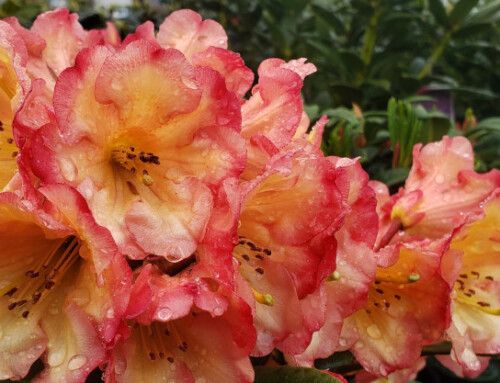
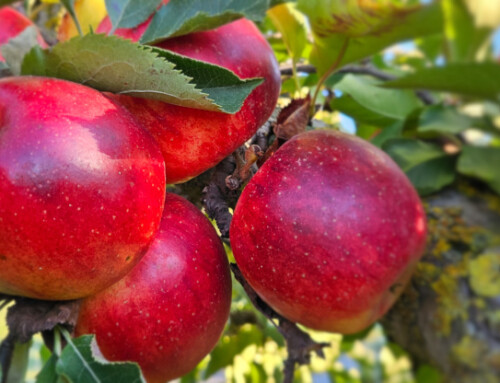
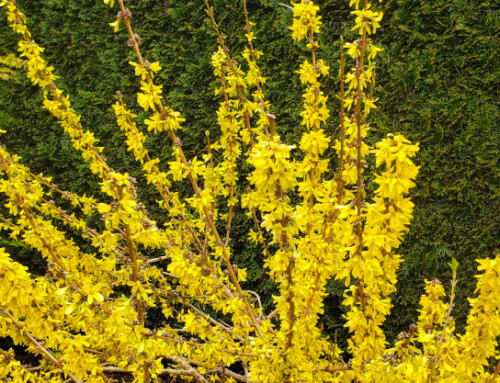
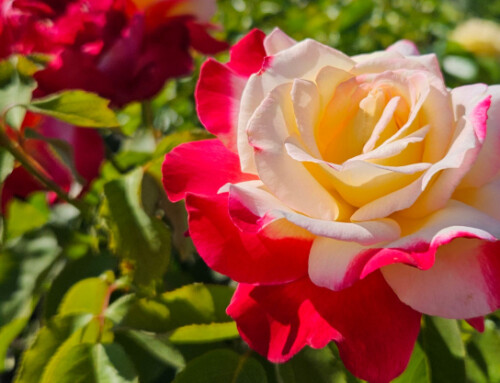
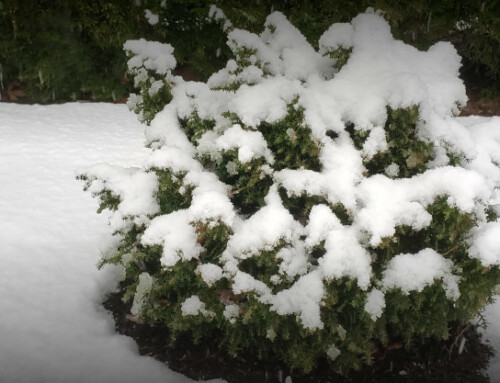
These are valuable advice, it enumerated the science behind a beautiful lawn and garden in detail. Thank you very much.
Really good tips! I enjoyed reading your post. Thank you for sharing.